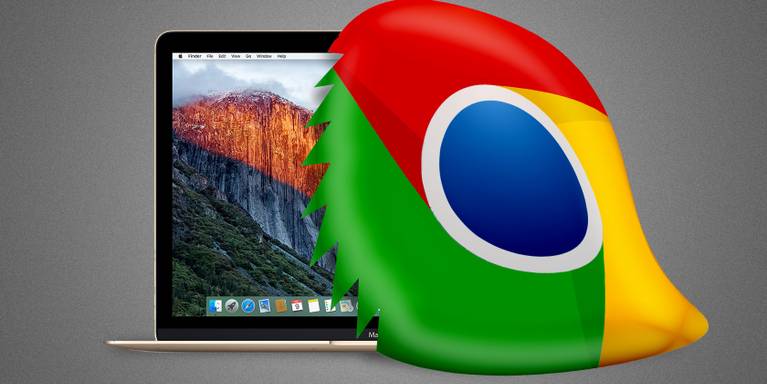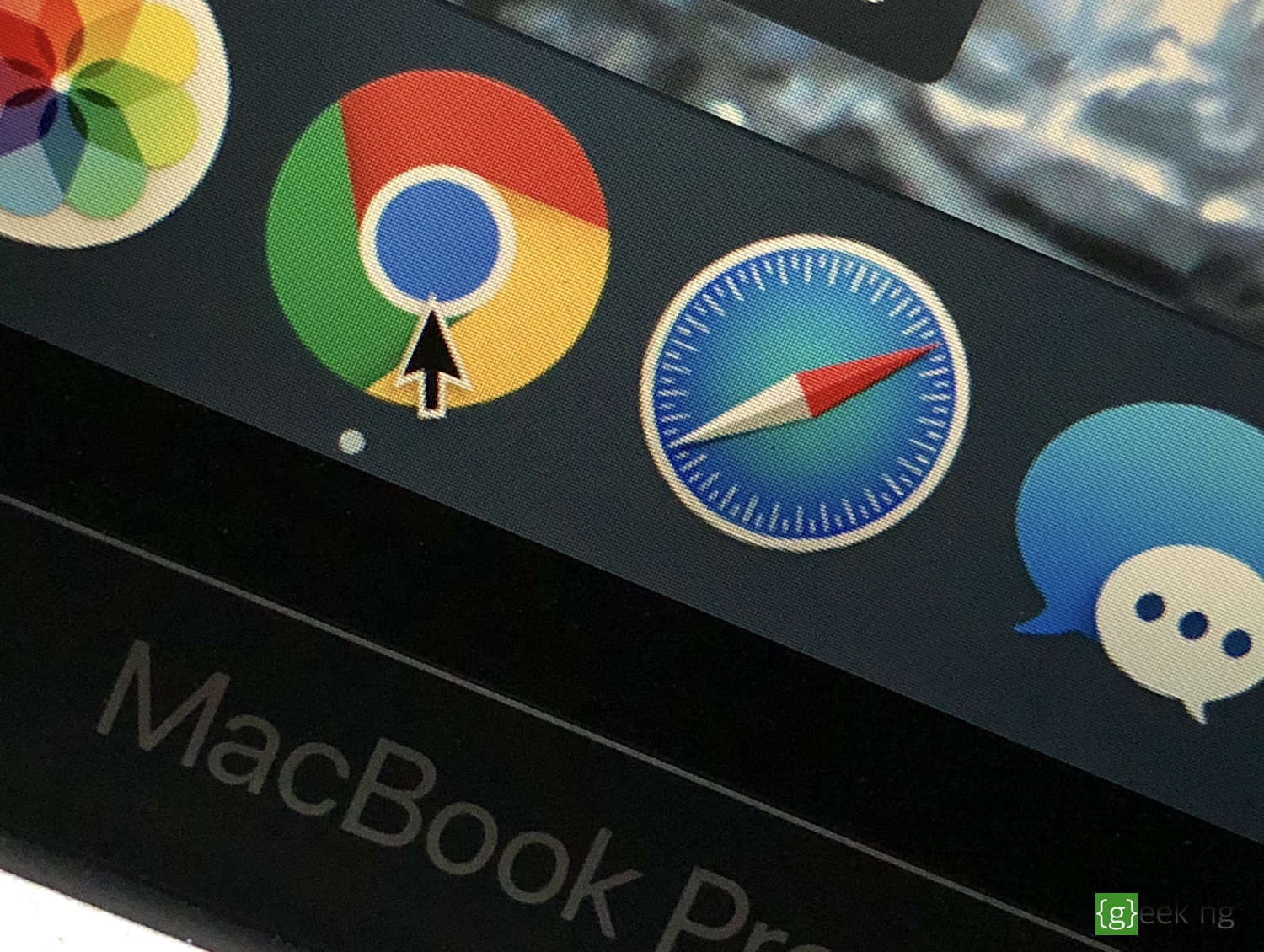Google says Chrome 89 keeps your Mac cooler, and saves ‘significant memory’ on Windows. Google says these improvements on macOS have benefited the browser’s Energy Impact score by as much. Mar 12, 2021 Google promises improvements to the Chrome browser to keep “your Mac cooler and those fans quiet.” The latest version of the browser uses less memory and achieves lower Apple Energy Impact scores.
- Google Chrome Energy Impact Macbook Pro
- Google Chrome Energy Impact Mac App
- Google Chrome Energy Impact Machine
- Google Chrome Energy Impact Mac Pro
- Google Chrome Energy Impact Mac Update
- Google Chrome Energy Impact Mac Download
Best Browser for Mac in 2021: Leaving Safari Behind. Though Safari is far from the worst browser out there, Mac users could also do so much better than Apple's default browser. Chrome is generally known not being energy efficient app, so it is a trade-off, but I find it much better (especially for dev) than anything else. For quite some time now I started to notice that the battery is not lasting as long as it used to when I bought this laptop a year and a half ago. It is normal that it is losing its power over time. Time the Mac was in sleep or hibernation mode doesn’t count towards the eight hours. The “Average energy impact” data is also kept for applications that were running, but have since closed. These applications will appear grayed out in the list, but you’ll see their average energy impact.

The browser you use can have a tremendous impact on the battery life of your laptop. That’s because some are designed to be more power efficient than others. Does this mean that more power efficient browsers will also have lower performance? Well, not necessarily. Power efficiency and performance are not always directly proportional to each other, so it’s important for you to find your perfect balance in a browser.
Take a look on some of the browsers that have proven to be the most power efficient (i.e. less taxing on your battery life) for Mac and see how they stack up.
The Experiment
For my control I tried to be as practical as possible in relating to how people use web browsers most often. I conducted two tests in every browser. One had guidingtech.com open in one tab with a YouTube video playing in another. The other test just had guidingtech.com, omitting the video. I also made sure to disable all extensions in all browsers and that no pages were loading, since loading a page will always quickly spike energy impact.
Browsers used were Safari, Chrome, Firefox, Opera and Vivaldi. I used Apple’s Activity Monitor app that comes with every Mac running the latest software to determine which browsers had the highest energy impact and lowest energy impact. The two scores for each browser represent impact with video and without.
Note: Extensions and ad blockers can often affect the energy impact of a browser, so take your own extensions into consideration when choosing a suitable browser.Top Pick: Safari

Safari beat all the other browsers on the Mac in terms of power efficiency. In fact, it really wasn’t even close. Some of the other browsers had higher energy impacts without video than Safari did with video.
While only having one tab open for Guiding Tech, Safari’s energy impact fluctuated between 0 and 3. At some points it got down as low to 0.2, but generally hovered around 2. With a video playing, it fluctuated between 10 and 20 but stayed around 12.
Google Chrome Energy Impact Macbook Pro
Safari has the best power efficiency out of any browser I tested. And the convenient part about that is your Mac already has it installed.
How the Competition Stacked Up
Opera, Chrome and Firefox were all pretty close to each other with their scores. Generally speaking, with just Guiding Tech as the sole open tab, they each had an energy impact of 10 to 15. Like Safari, they would fluctuate too. Once again, when a YouTube video started playing in a second tab, energy impacts jumped up to between 40 and 60 and would fluctuate for all of them.
These scores are significantly higher than Safari’s scores and thus, these browsers have more of a negative impact on battery life.
Despite its rich feature set, Vivaldi pathetically lost this competition. With an energy impact of around 67 with just Guiding Tech loaded, it was sucking more from your battery than Safari was with a video playing. If battery life is at all important to you, avoid Vivaldi at least until the developers release some solid updates.

The bottom line is to make the most out of your limited battery life on a MacBook, you’re better off using Safari. Other factors like performance and security aside, it’s unlikely to drain your battery as fast as competing browsers.
Note: Activity Monitor’s energy impact ratings are calculated from a number of different battery and CPU-related metrics, but Apple has never specifically stated what those are.ALSO SEE:4 Useful Tips for Getting the Most Juice Out of Your MacBook’s Battery Life
The above article may contain affiliate links which help support Guiding Tech. However, it does not affect our editorial integrity. The content remains unbiased and authentic.
Read Next
How to Enable Dark Mode in Google Chrome for iOS (And Other Tips)
Google

It’s well known by now that Google Chrome isn’t particularly kind with its memory usage (ie, it’s a RAM-glutton). Fortunately, this is being addressed in the newest update to the browser.
Chrome’s making things easier for your PC
A post on the Chromium blog by Chrome Product Manager Mark Chang explains that Google is using its own “advanced memory allocator”, PartitionAlloc, to cut down on memory usage across Chrome. PartitionAlloc is “optimized for low allocation latency, space efficiency, and security”, and is now used everywhere on Chrome for Android and 64-bit Windows, and has been able to significantly cut down on memory usage (on Windows, at least).
“In Chrome M89, we’re seeing significant memory savings on Windows — up to 22% in the browser process, 8% in the renderer, and 3% in the GPU. Even more than that, we’ve improved browser responsiveness by up to 9%,” says Chang.
Additionally, the browser is now more efficient when it comes to using and discarding memory. The browser can now reclaim up to 100MiB per tab, by getting rid of memory that isn’t actively being used. For example, images or videos that have been scrolled past but aren’t actively in view anymore.
As for macOS, Google’s refining its browser there in similar ways. It’s managed to cut memory usage by 8%, which is worth 1GB of memory in some cases. Furthermore, by using “Tab Throttling” on inactive pages, Google has managed to improve Apple Energy Impact scores on background pages by 65%, keeping your Mac cooler and those fans quiet.
Google Chrome Energy Impact Mac App
And what about mobile?
As for phones, Chrome’s getting a lot of improvements there too. By using “App Bundles” on Android, Google has managed to optimise APKs for individual devices whilst packaging resources into split APKs alongside the base one, and has implemented “isolatedSplits” to load these featured splits on demand. This reduces the browser’s overall startup memory cost, and has resulted in a 7.5% faster startup time, fewer crashes, and 2% faster page loads.
Google Chrome Energy Impact Machine
Chrome on the newest Android devices has also been rebuilt to provide a faster and more stable experience.
Google Chrome Energy Impact Mac Pro
Finally, Google has developed something called “Freeze-Dried Tabs”. Chrome now saves a lightweight version of your tabs that are similar in size to a screenshot, but support scrolling, zooming, and tapping on links,” Chang explains. These tabs are used on startup while the actual tabs load in the background, speeding up page loading.
Google Chrome Energy Impact Mac Update
Chang closes off his post saying that Chrome is always looking to improve, and that more performance updates are on their way soon.
Google Chrome Energy Impact Mac Download
Related posts:
